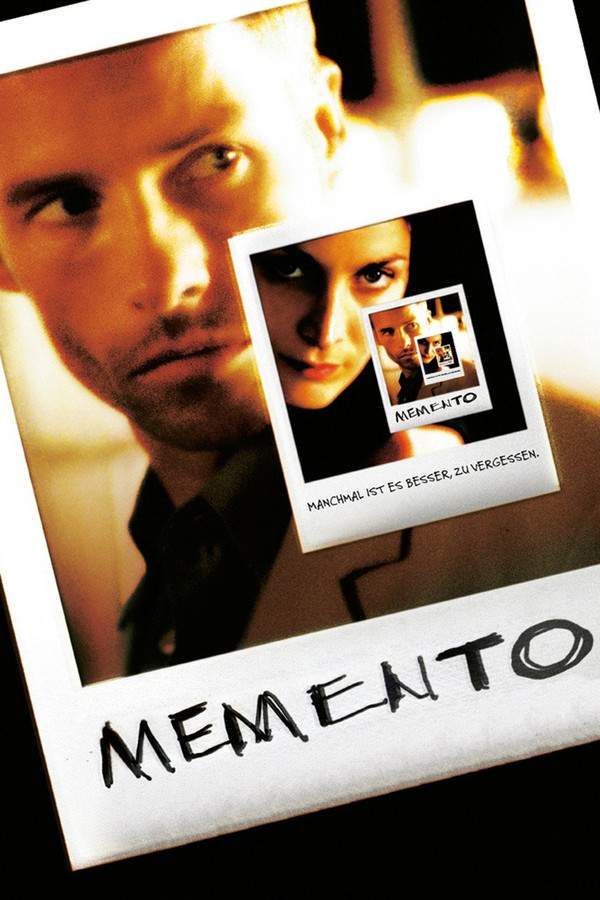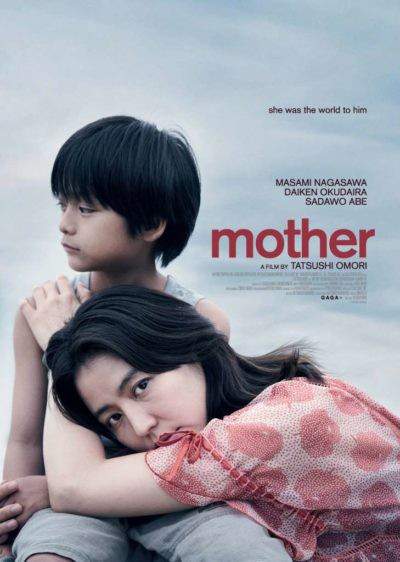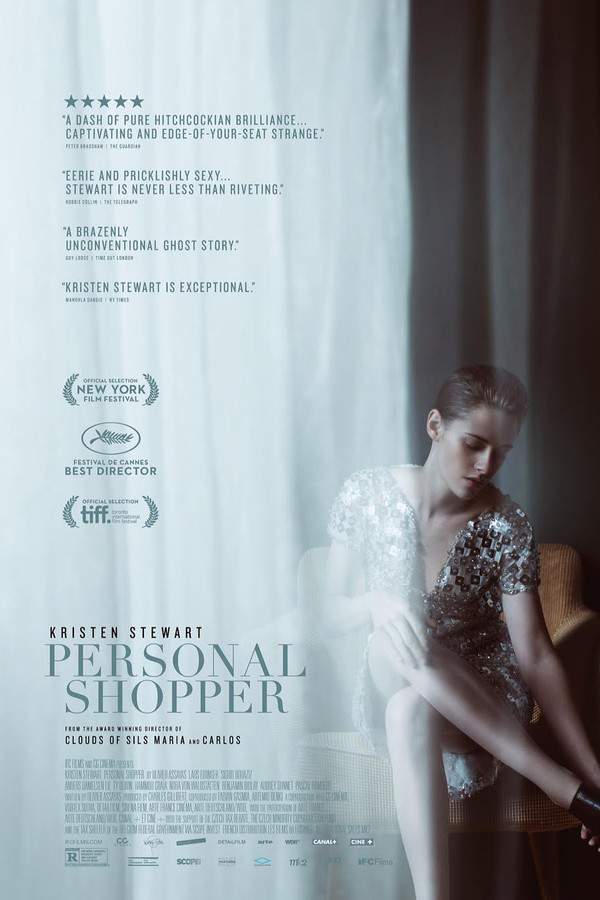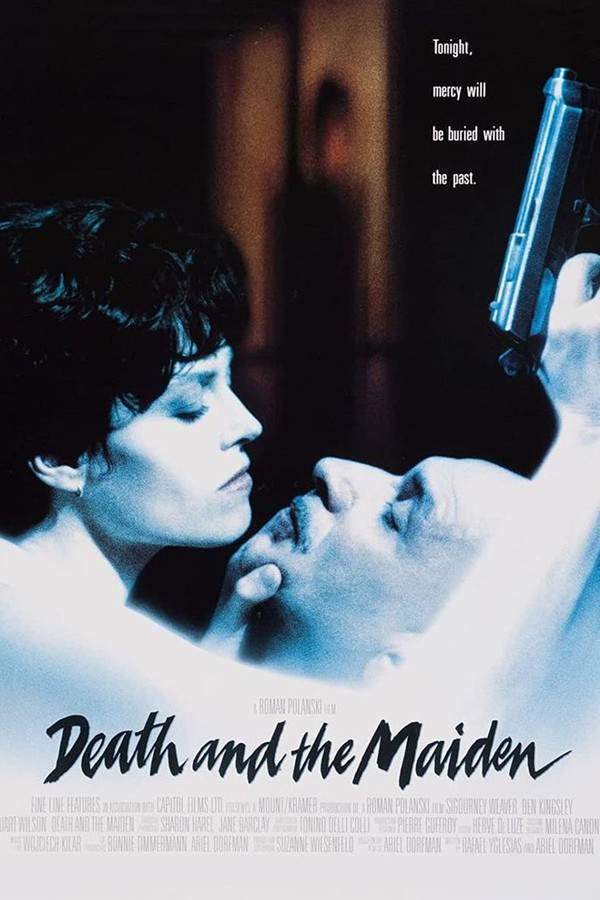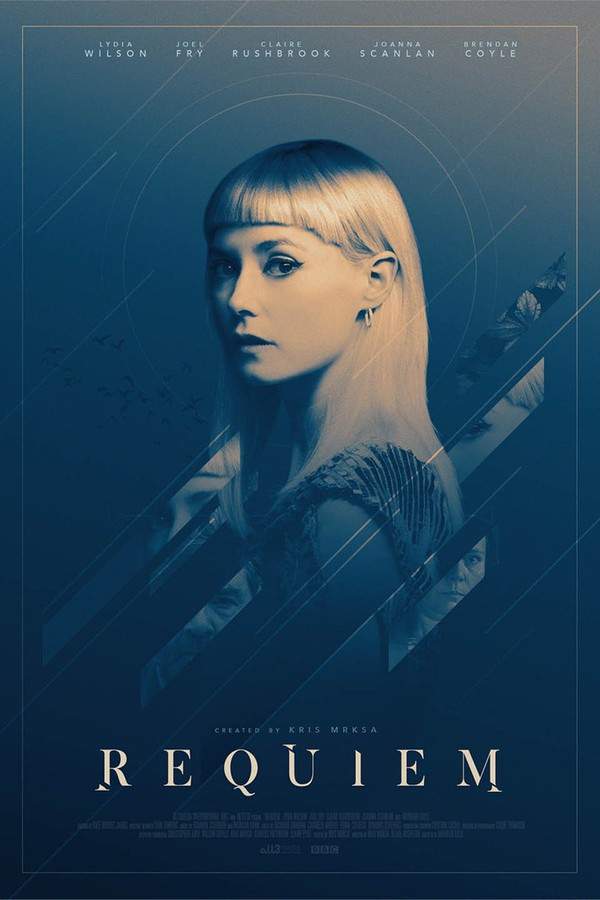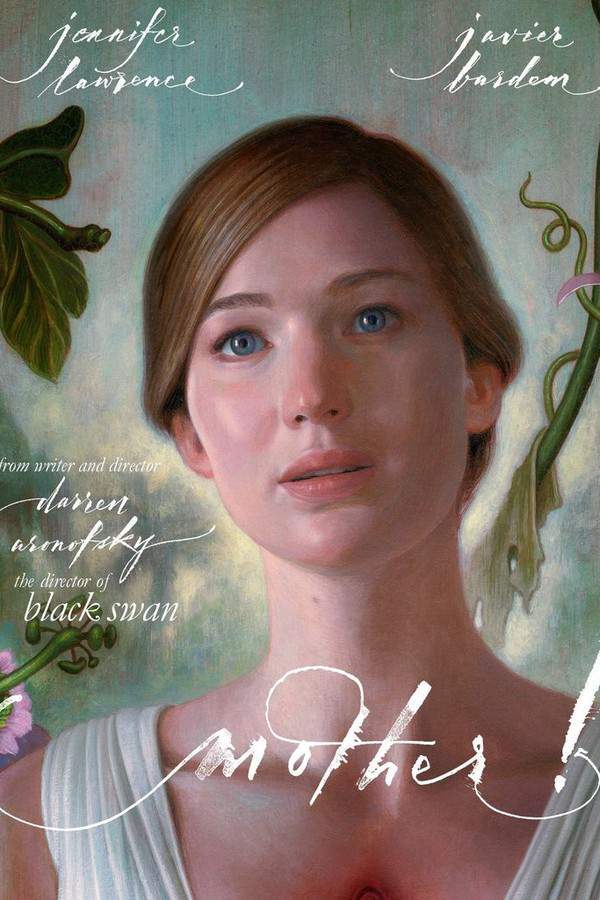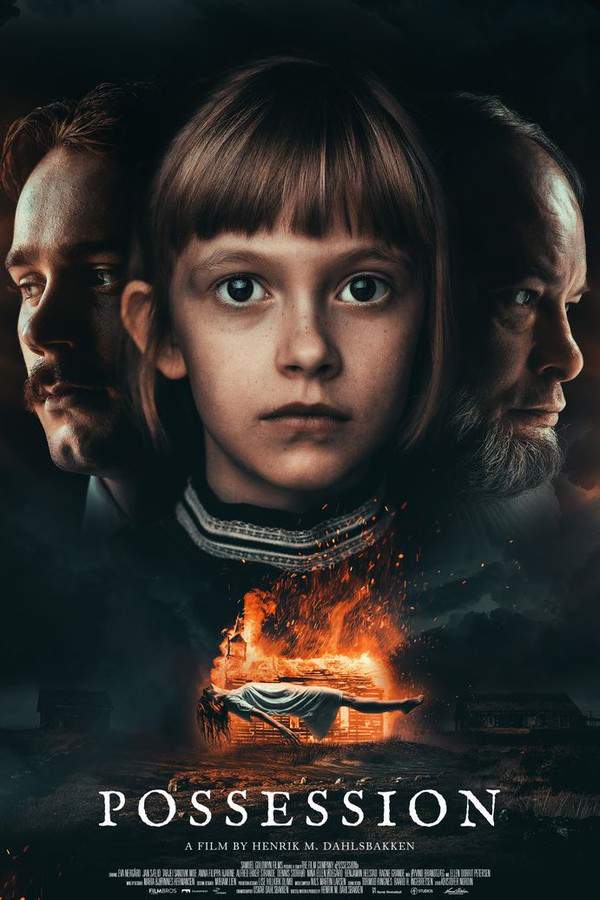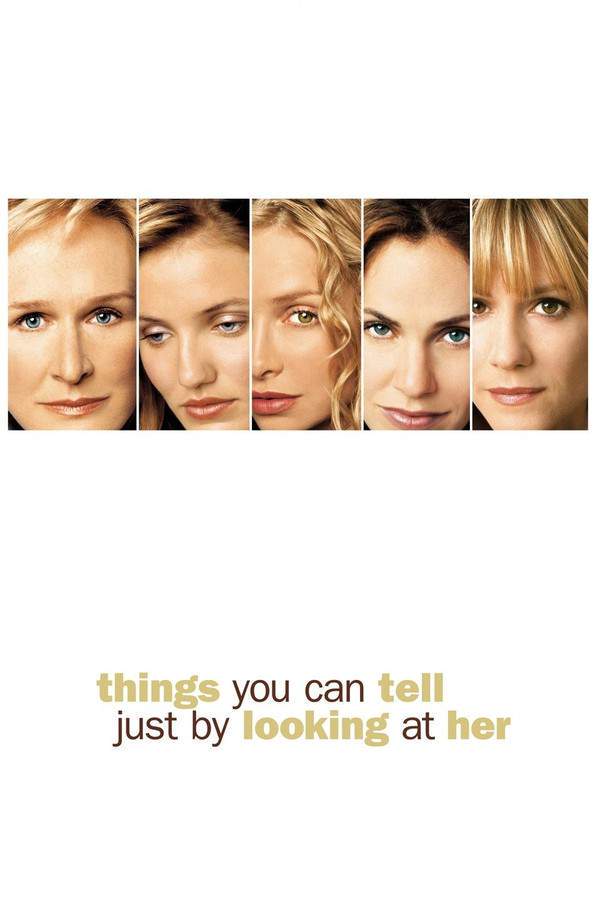
Persona 1967
Directed by
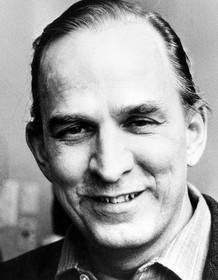
Ingmar Bergman
Made by

Lopert Pictures Corporation
Test your knowledge of Persona with our quiz!
Persona Plot Summary
Read the complete plot summary and ending explained for Persona (1967). From turning points to emotional moments, uncover what really happened and why it matters.
Persona opens with a series of vivid and striking images emanating from camera equipment and projectors, showcasing a fusion of brief yet impactful cinematic moments. These glimpses include profound imagery such as a crucifixion, an erect penis, the unsettling sight of a tarantula spider, and scenes from a comedic silent film reel previously introduced in Ingmar Bergman’s Prison, which depicts a man who is pursued by Death and Satan. A particularly haunting moment features a young boy awakening in a hospital surrounded by corpses, engrossed in Michail Lermontov’s A Hero of Our Time (“Vår Tids Hjälte” in the film), his gaze fixated on the indistinct faces of both Elisabet and Alma.
The story revolves around a young nurse named Alma, played by Bibi Andersson, who is summoned by the head doctor to care for the prominent stage actress, Elisabet Vogler, portrayed by Liv Ullmann. Despite there being no apparent ailment, Elisabet has inexplicably chosen to become mute. The hospital administrator, played by Margaretha Krook, generously offers her seaside cottage as a quiet sanctuary for Alma to assist in Elisabet’s recovery. While Elisabet is nearly in a state of catatonia at the film’s onset, she does exhibit intense reactions, such as panic at witnessing a Vietnamese Buddhist monk’s shocking act of self-immolation on television, and laughs derisively at Alma’s radio soap operas. Upon leaving the hospital, Alma reads aloud a letter from Elisabet’s husband that includes a photograph of their young son.
Once settled in the cottage, an environment that initially appears tranquil, Elisabet begins to ease into her surroundings, though she remains completely silent and inert. In an effort to break the oppressive silence, Alma engages in endless conversation, transitioning from mundane topics about her current readings to more personal reflections on her anxieties and her relationship with her fiancé, Karl-Henrik, who chastises her for lacking ambition not in her career, but in a greater sense. As time passes and interactions deepen, Alma finds herself increasingly comparing her life to that of Elisabet. In a moment of vulnerability, she confesses infidelities involving underage boys, which led to an abortion, leaving her tormented by the emotional aftermath. Although she hears Elisabet’s voice admonishing her, “You ought to go to bed, or you’ll fall asleep at the table,” she initially dismisses it as a figment of her imagination, with Elisabet later denying her participation in dialogue.
During a trip into town to mail Elisabet’s letters, Alma snowballs into a whirlwind of emotions when she reads the correspondence, which reveals that Elisabet has been observing and analyzing her. Distraught, Alma returns to the cottage, accidentally shattering a glass, leaving the shards behind with the intent of causing Elisabet harm. As blood trickles from Elisabet’s feet upon stepping on the glass, a moment of silent understanding passes between the two women. The visual format of the film begins to disintegrate: white flashes jar the imagery as scrapes mar the screen, echoing the emotional discord present between Alma and Elisabet.
In a transformative scene, the film resumes with a disorienting lens focus on Elisabet, ultimately clearing to a renewed clarity as she gazes out a window before stepping outdoors to confront Alma, who is visibly upset and despondent. During a tense lunch, Alma shares her hurt over Elisabet’s perceived betrayal and implores her to speak, only to be met with silence. This results in Alma’s explosive frustration, leading to reckless behavior as she attacks Elisabet, which inadvertently escalates into a scuffle where Alma sustains a bleeding nose. During this chaotic exchange, Alma momentarily contemplates throwing boiling water at Elisabet but halts at the sound of a fearful “No!” from Elisabet.
Later, Alma reflects on Elisabet’s silence, perceiving it as a façade of health masking a deeper suffering. In an emotionally charged confrontation, she asserts, “You are inaccessible. They said you were healthy, but your sickness is of the worst kind: it makes you seem healthy.” The tumultuous interaction culminates in a desperate cry from Alma: “I’m not like you. I don’t feel like you. I’m not Elisabet Vogler: you are Elisabet Vogler. I’m just here to help you!” This moment of revelation fractures their bond, culminating in Alma departing the cottage alone. The film ultimately concludes with an unsettling image, revealing the crew and director behind the camera as they film the chaotic final scenes, adding layers of complexity to the narrative and the exploration of identity intertwined within.
Persona Timeline
Follow the complete movie timeline of Persona (1967) with every major event in chronological order. Great for understanding complex plots and story progression.
Introduction of Persona
The film opens with an array of images from cinematic history, including troubling visuals that set an unsettling tone. Among the clips are scenes of violence, spirituality, and absurdity, highlighting contrasting elements of life and death, which will resonate throughout the narrative.
Alma's Summoning
A young nurse named Alma is called upon by the head doctor to care for stage actress Elisabet Vogler, who has inexplicably become mute. Upon arrival, Alma is offered the use of a seaside cottage for her care of Elisabet, suggesting a shift to a more personal and intimate setting.
Elisabet's Reaction
Elisabet, though largely unresponsive, displays acute reactions to external stimuli, notably panicking at the sight of a Vietnamese monk's self-immolation on television. This moment foreshadows the deep emotional turmoil within her character and hints at her complex psyche.
Life in the Cottage
Once settled in the cottage, Elisabet appears to relax, yet remains silent while Alma fills the void with incessant chatter. Their dynamic begins to shift as Alma confesses her personal struggles, revealing a deepening emotional bond with Elisabet and a profound comparison of their lives.
Alma's Confession
Alma reaches a breaking point in their relationship, confessing to her affair with underage boys and the subsequent emotional fallout from her abortion. This moment exposes Alma's vulnerability and sets the stage for a deeper exploration of identity and self-worth.
Discovery of the Letters
Alma discovers letters written by Elisabet that reveal her observations and analyses of Alma. This revelation sends Alma into a state of distress as she grapples with feelings of betrayal and the realization that she has been a subject of scrutiny rather than a caregiver.
The Shattered Glass
In a moment of emotional turmoil, Alma breaks a drinking glass, leaving shards on the ground as a metaphor for her fractured relationship with Elisabet. This act of carelessness has deeper implications, symbolizing the potential for pain and injury in their connection.
The Confrontation
Alma confronts Elisabet about her silence and perceived emotional manipulation. In a heated exchange, Alma's frustrations boil over, leading to a physical scuffle where both women experience a raw and tumultuous clash of emotions.
Elisabet's Revelation
While reflecting on her life, Elisabet reveals her struggles with motherhood and the weight of expectations placed upon her. This twist in her narrative unveils the depth of her inner conflict, blending the line between her identity as an artist and as a mother.
Mr. Vogler's Mistake
Mr. Vogler arrives at the cottage and mistakes Alma for his wife, delivering a heartfelt monologue. His words reveal the emotional distance in their marriage while also drawing Alma further into the family dynamic, as she grapples with her own feelings toward him.
The Emotional Climax
The tension reaches its peak as Alma narrates Elisabet's troubled past to her, prompting a visceral reaction. The overlapping visuals of their faces blur together, symbolizing the complex entanglement of their identities and emotions.
Alma's Breakdown
Alma becomes overwhelmed and lashes out, cutting her arm and forcing Elisabet to confront her emotional pain. The violent encounter signifies the culmination of their psychological struggles and reveals the extent of their interconnectedness.
Alma's Departure
In a moment of clarity, Alma decides to leave the cottage, abandoning the tumultuous relationship she has forged with Elisabet. This departure marks a critical turning point as she seeks to break free from the confines of their entangled identities.
The End of Persona
The film concludes with a shot revealing the crew and director filming the scene, breaking the fourth wall. This meta-narrative element invites viewers to reflect on the nature of reality and the act of filmmaking itself, emphasizing the complexities of identity that the film has explored.
Persona Characters
Explore all characters from Persona (1967). Get detailed profiles with their roles, arcs, and key relationships explained.
Alma (Bibi Andersson)
Alma is a young nurse caring for the mute stage actress Elisabet. She is deeply affected by Elisabet’s silence and begins to confide in her, revealing her own insecurities and regrets. As she grows attached to Elisabet, her emotions spiral from concern to obsession, leading to intense confrontations that expose her vulnerabilities.
Elisabet Vogler (Liv Ullmann)
Elisabet is a renowned actress who becomes mysteriously mute. Her silence adds a layer of complexity to her character, representing deep-seated issues related to her identity and motherhood. As Alma reveals her own struggles, Elisabet's presence becomes a mirror reflecting Alma's fears and desires, ultimately culminating in a psychological clash.
Mr. Vogler (Gunnar Björnstrand)
Mr. Vogler is Elisabet's husband, who arrives with longing and confusion towards Alma, mistaking her for Elisabet. His presence introduces themes of love and responsibility, as he expresses his emotions tied to his relationship with Elisabet. His affection complicates Alma’s relationship with both him and Elisabet.
Persona Settings
Learn where and when Persona (1967) takes place. Explore the film’s settings, era, and how they shape the narrative.
Time period
1960s
Set in the 1960s, this period was marked by social upheaval and a reevaluation of personal identity and mental health. The film captures the emotional turmoil and existential struggles of its characters against the backdrop of a society dealing with rapid change. The 1960s context enhances the themes of isolation and the search for meaning in personal relationships.
Location
seaside cottage, hospital
The film takes place primarily in a secluded seaside cottage where Alma nurses Elisabet back to health, providing a peaceful yet tense environment. The cottage serves as a backdrop for deep psychological exploration between the two women. The beginning of the film occurs in a hospital, which contrasts with the intimacy of the cottage, highlighting the transition from clinical care to personal connection.
Persona Themes
Discover the main themes in Persona (1967). Analyze the deeper meanings, emotional layers, and social commentary behind the film.
🌀
Identity Crisis
The theme of identity crisis is central to the film, as Alma grapples with her sense of self in relation to the mute actress Elisabet. Their interactions lead to a psychological entanglement that challenges both women's self-perception. The exploration of dual identities speaks to broader themes of human connection, empathy, and the complexities of personal relationships.
💔
Despair
Despair looms over the characters, particularly as Elisabet's struggles with her motherhood and career lead to profound psychological distress. Alma's emotional state reflects her inner turmoil as she confesses her vulnerabilities to Elisabet, revealing layers of hurt and longing. This theme underscores the impact of unaddressed trauma and the human desire for understanding.

Coming soon on iOS and Android
The Plot Explained Mobile App
From blockbusters to hidden gems — dive into movie stories anytime, anywhere. Save your favorites, discover plots faster, and never miss a twist again.
Sign up to be the first to know when we launch. Your email stays private — always.
Persona Spoiler-Free Summary
Discover the spoiler-free summary of Persona (1967). Get a concise overview without any spoilers.
In a stark, windswept coastal setting, a quiet cottage becomes the unlikely sanctuary where two starkly different lives intersect. Alma, a young nurse newly assigned to tend to a celebrated stage actress, arrives with the practical purpose of care but soon discovers that the house itself seems to breathe with an unspoken tension. The surrounding landscape—glistening sea, looming cliffs, and the muted hum of a remote medical facility—creates a world where ordinary duties feel amplified by an undercurrent of introspection.
Elisabet Vogler, the actress whose career has been built on commanding audiences, has chosen a puzzling silence that baffles both doctors and loved ones. Her muteness is not presented as a simple ailment but as a profound, almost ritualistic withdrawal that invites endless questions about identity, performance, and the nature of belief. The film’s tone is deliberately measured, blending stark realism with moments of haunting visual poetry that hint at deeper psychological currents without spelling them out.
The relationship between the caregiver and her patient is framed by a shared, though unspoken, search for meaning. As Alma attempts to bridge the gap with conversation, the boundaries between observer and observed begin to blur, suggesting that each woman is, in her own way, confronting the weight of personal doubt and the desire for redemption. Their interactions are underscored by a lingering sense of mystery, as the audience is invited to feel the resonance of what remains unsaid.
Through carefully composed shots, lingering silences, and an atmosphere that alternates between oppressive stillness and sudden, vivid flashes of imagery, the story sets up a meditation on faith, vulnerability, and the fragile line between self‑preservation and exposure. The film promises a thoughtful exploration of how two strangers, bound by circumstance and inner turmoil, might find unexpected reflections of themselves within each other’s silence.
Can’t find your movie? Request a summary here.
Movies with Similar Twists and Themes
Uncover films that echo the narrative beats, emotional arcs, or dramatic twists of the one you're exploring. These recommendations are handpicked based on story depth, thematic resonance, and spoiler-worthy moments — perfect for fans who crave more of the same intrigue.
Featured on this page

What's After the Movie?
Not sure whether to stay after the credits? Find out!
Explore Our Movie Platform
New Movie Releases (2025)
Famous Movie Actors
Top Film Production Studios
Movie Plot Summaries & Endings
Major Movie Awards & Winners
Best Concert Films & Music Documentaries
Movie Collections and Curated Lists
© 2025 What's After the Movie. All rights reserved.


